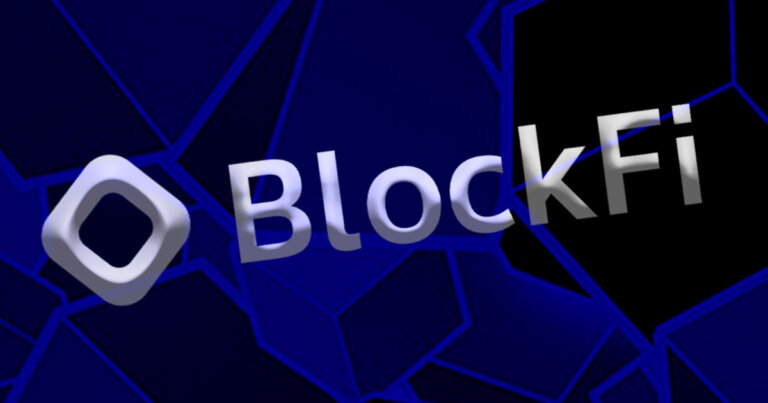 What Next for BlockFi’s lending books following bankruptcy filing
What Next for BlockFi’s lending books following bankruptcy filing What Next for BlockFi’s lending books following bankruptcy filing
Amidst filing for bankruptcy, BlockFi is yet to know whether its trustees will manage to recover over $10 billion in outstanding liabilities.

Cover art/illustration via CryptoSlate. Image includes combined content which may include AI-generated content.
According to reports, the company emerged as the second-largest lender to BTC miners, through its yield facility, where it charges miners a 15% interest rate.
Speculations of BlockFi’s fall started in the wake of the FTX crash due to its exposure to FTT-backed Alameda Research. Despite various sources suggesting the bankruptcy was FTX-instigated, BlockFi founder Zac Prince cited lending to high-risk traders as the main reason.
Given current market conditions, questions are rising about what happens to BlockFi’s lenders. Declining Bitcoin prices have reduced miners’ profits due to the high cost of creating new coins. As such, some miners fear their revenue will not cover the energy costs of running mining rigs.
Records indicate BlockFi did lend funds to three mining firms, Bitfarms, Cipher and Core Scientific. The lender also sued another Bankman-Fried holding company as it sought to recover shares it had pledged as collateral. FTX was listed as BlockFi’s largest creditor, with up to $275 million in credit facility extended to 2023. The filing went on to list over 100,000 creditors, with an already signed $400 million credit facility with FTX for 2023.
Bitfarms, Core Scientific and Cipher Mining owed $32 $49.6 and $20 million in debt, according to research by CryptoSlate.
Bitfarm cleared a big percentage of its debt before Q3, while Cipher Mining showed its liabilities were on check through its third quarter reports. Despite Cipher mining’s native token $CIFR trading downwards, the reports were still compact.
On the other hand, there was Core Scientific with a $50 million debt, already facing countless lawsuits and bleeding clients in the wake of the falling demand for ASIC machines.











































